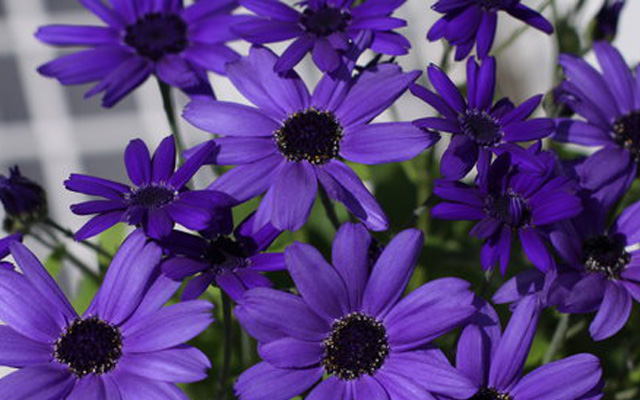Planting bulbs in the spring offers a myriad of benefits. This article discusses the reasons why spring is an ideal time for planting bulbs, focusing on the advantages they bring to gardens and landscapes.
Early Preparation for Summer and Fall Beauty
Spring-planted bulbs prepare the stage for late summer and fall blooms, filling the garden with color when most spring flowers have faded. This timing ensures that gardeners enjoy a continuous display of flowers throughout the growing season. Bulbs like gladiolus, dahlias, lilies and elephant ears are perfect examples of plants that, when sown in spring, will flourish in the warmer months, offering a spectacle of hues and textures.
Variety and Versatility
Spring planting allows for a wide variety of bulbs that thrive in warmer weather, enabling gardeners to diversify their landscape. From the towering elegance of gladiolas to the intricate patterns of caladium leaves, these plants bring a diverse range of colors, shapes, and sizes to the garden. This diversity not only enhances the aesthetic appeal of your space but also supports a healthy ecosystem by attracting pollinators such as bees, butterflies, and birds.
Improved Soil Conditions
The spring season often brings milder weather and more consistent moisture levels, which are conducive to the successful germination and growth of bulbs. After the winter thaw, soil is easier to work with, allowing for better root development. Additionally, the increase in temperature and moisture during spring encourages rapid growth, ensuring that bulbs establish themselves well before the hotter, drier months.
Opportunity for Creative Garden Design
Spring planting offers gardeners the chance to rethink and redesign their garden layout. Whether it’s creating a specific color theme, designing a border, or forming patterns with different bulb varieties, the act of planting in spring allows for a fresh start. Gardeners can experiment with new arrangements and combinations, leading to unique and personalized garden designs.
Long-Term Perennial Growth
Depending on your USDA plant hardiness zone, many bulbs planted in spring are perennials, meaning they return year after year, becoming more robust and prolific with each season. This perennial nature makes them a cost-effective and low-maintenance option for gardeners looking to create a long-lasting garden display. Over time, plants like peonies and dahlias can become focal points in the garden, providing beauty and structure for many years.
Ease of Care
Bulbs are generally low-maintenance, requiring minimal care once planted. They have stored energy that supports their initial growth, reducing the need for immediate fertilization and allowing them to thrive with basic watering and mulching. This ease of care makes them an excellent choice for both novice and experienced gardeners, offering high rewards for relatively little effort.
Preparation for the Following Year
Planting in spring also sets the stage for the next growing season. Bulbs that are given time to establish in spring and summer will have a stronger foundation, leading to more vigorous growth and bloom in the following year. This forward-thinking approach ensures that your garden remains vibrant and dynamic over time, with each year building on the last.
In conclusion, planting bulbs in the spring is a rewarding endeavor that promises beauty, diversity, and sustainability for the garden. It allows gardeners to anticipate and plan for the seasons ahead, creating a living tapestry that evolves from summer through fall. By embracing spring bulb planting, gardeners can look forward to a garden that grows in beauty and vitality with each passing year.



